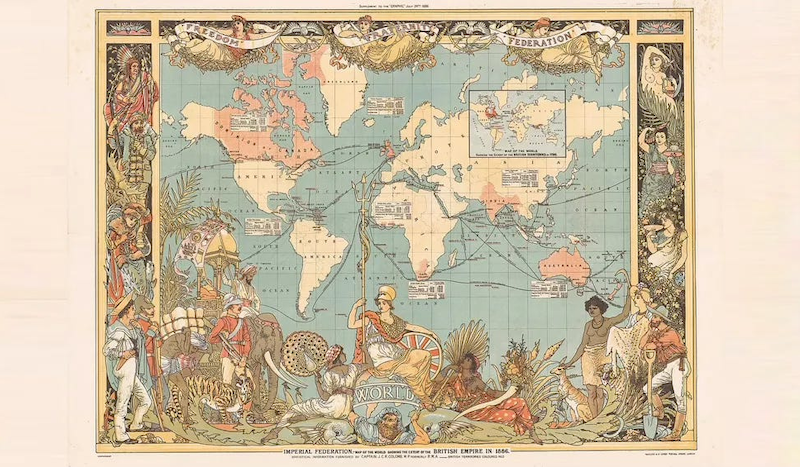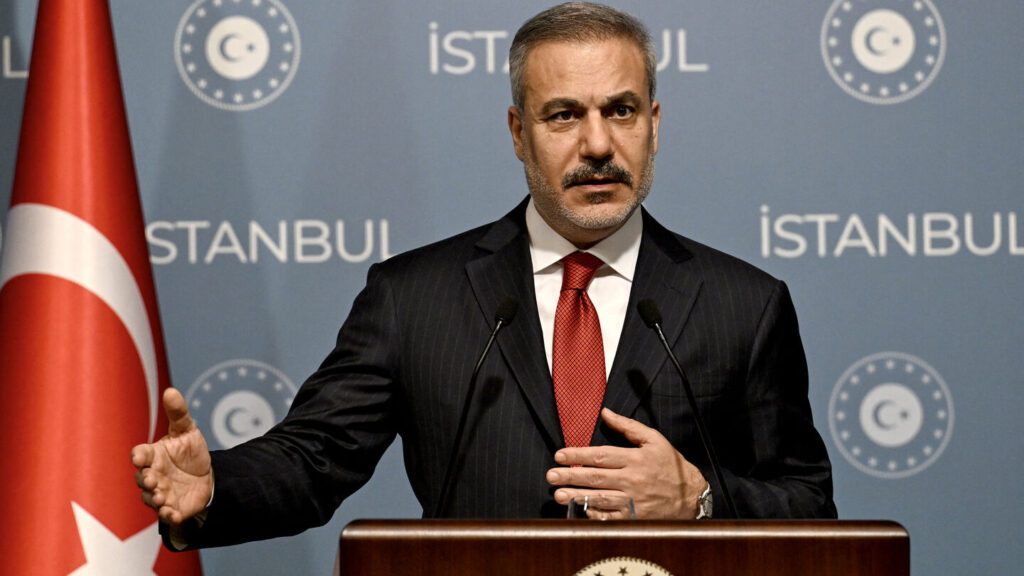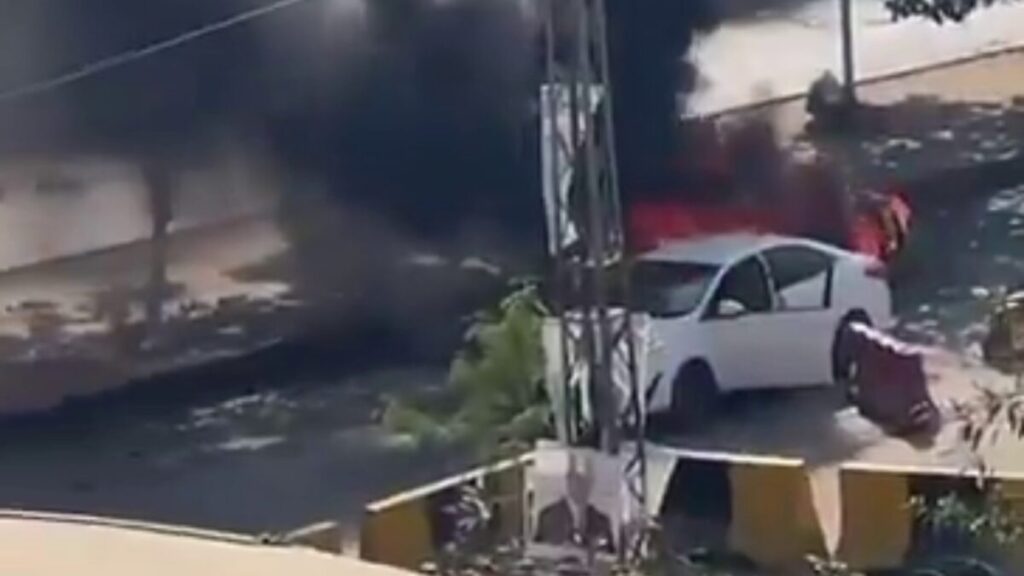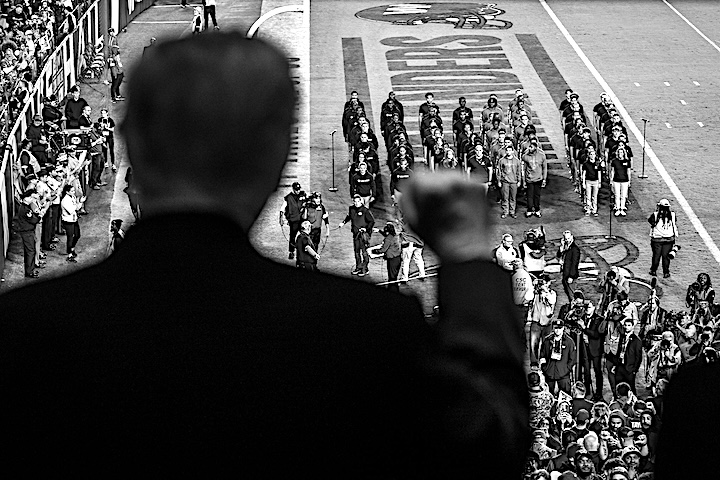Xi-Trump Pause on Rare-Earths Tariff Shields AI Bubble Temporarily
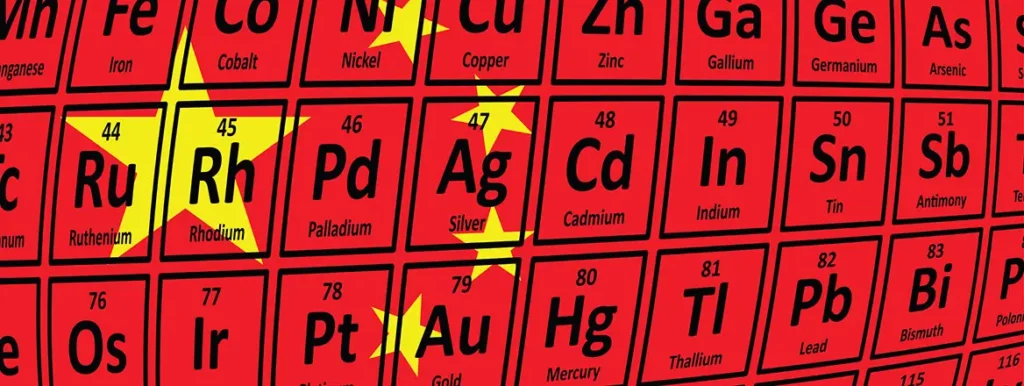
At the Xi-Trump meeting, China paused rare-earths curbs for a year and pledged to refine detailed plans, offering a cautious sip of a bitter cup ahead.
On 10 October, a remark made by China’s former leader Deng Xiaoping was recalled around the world, becoming a focal point of commentary across Europe.

